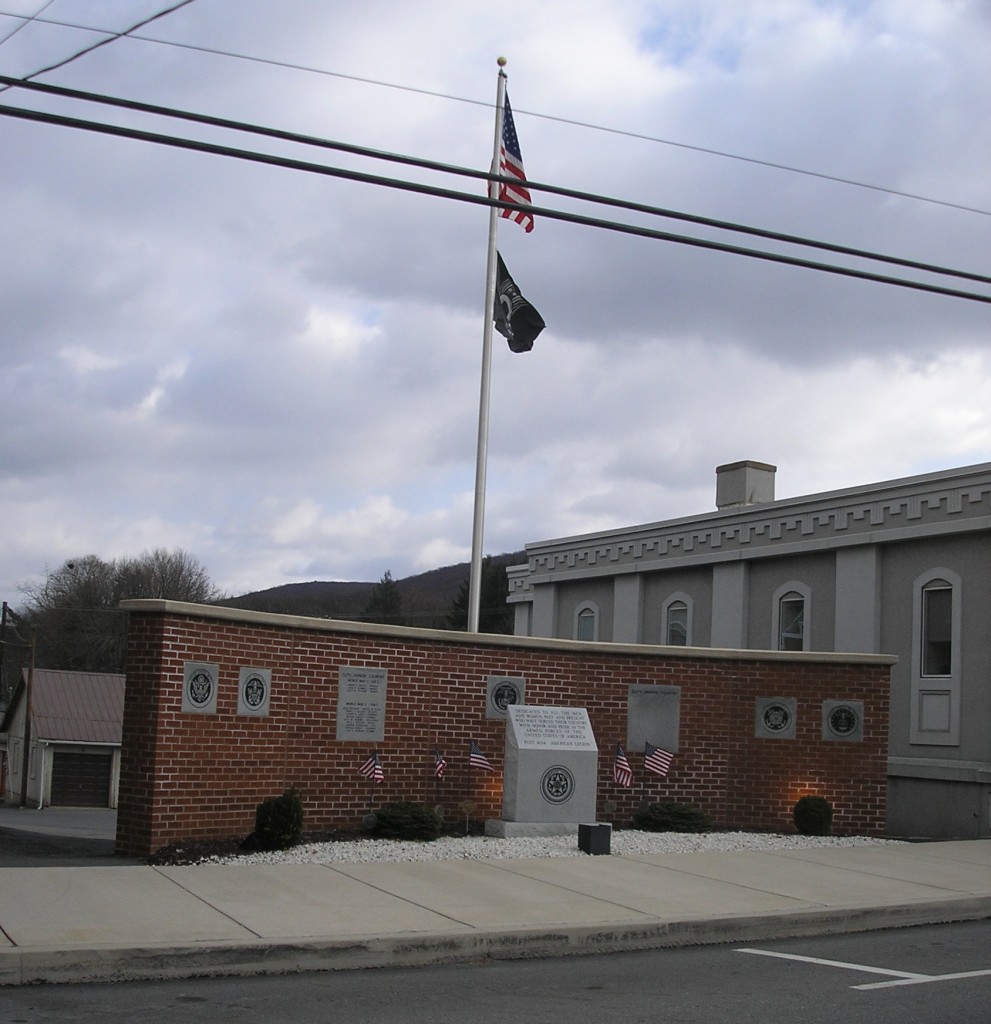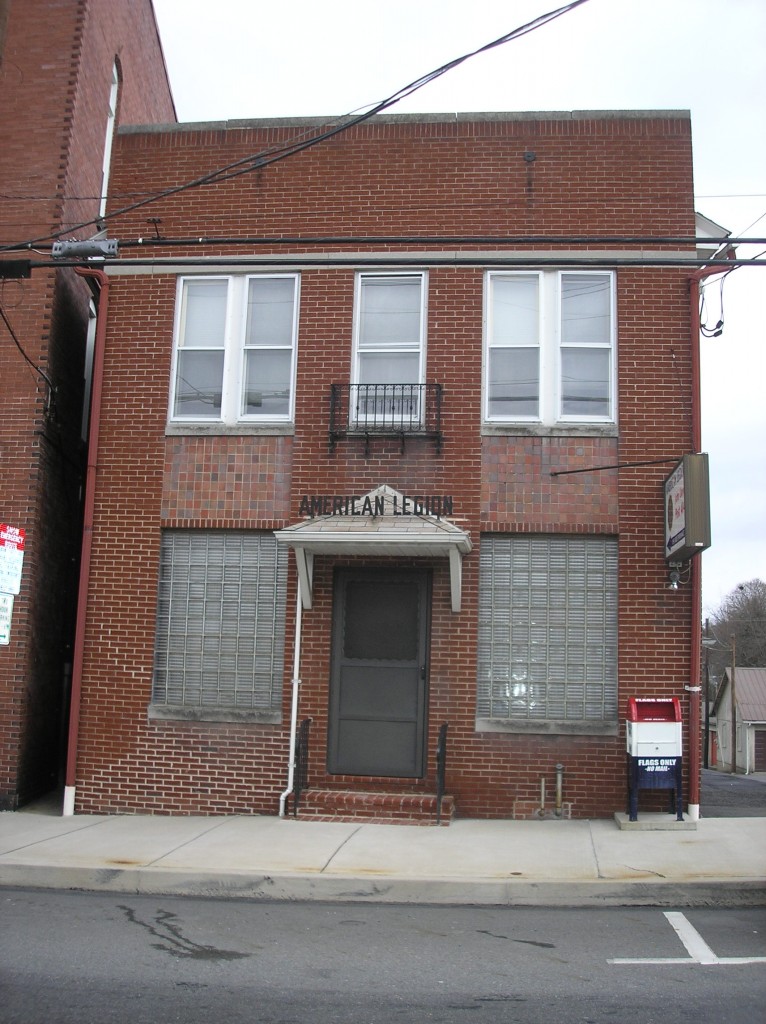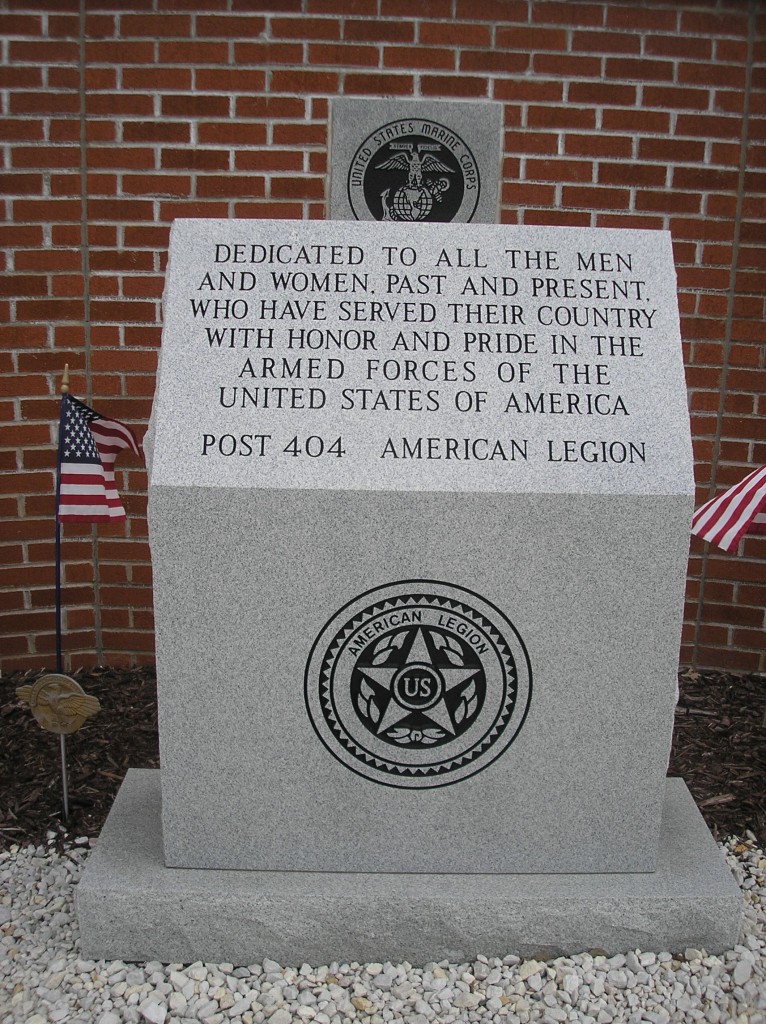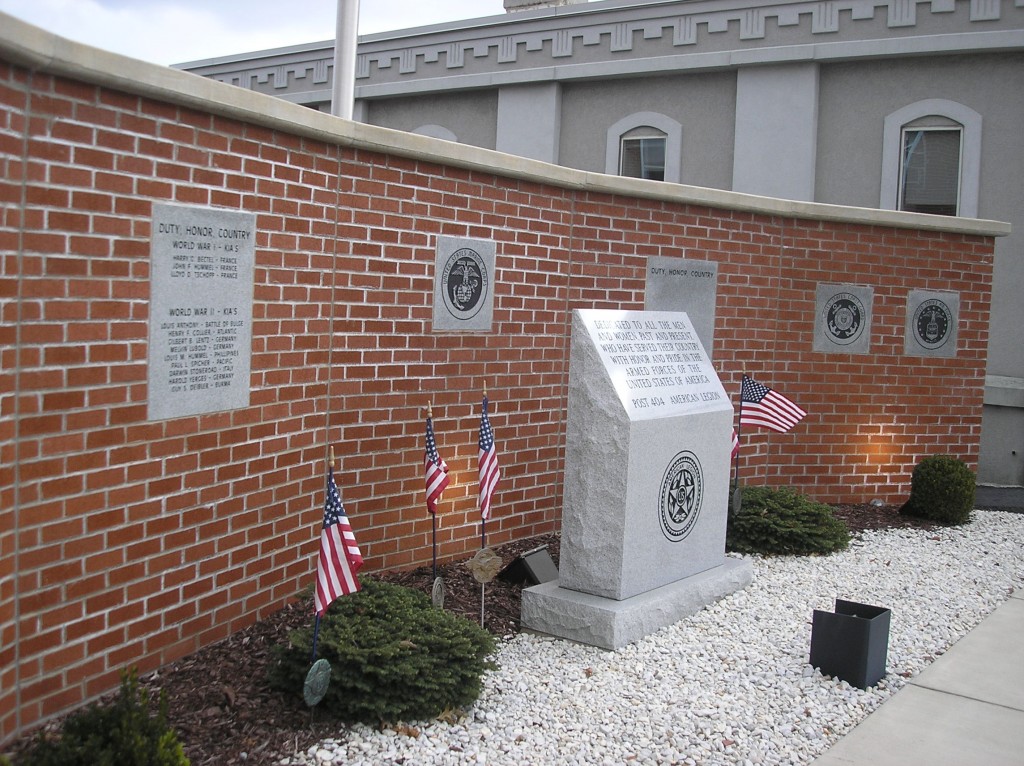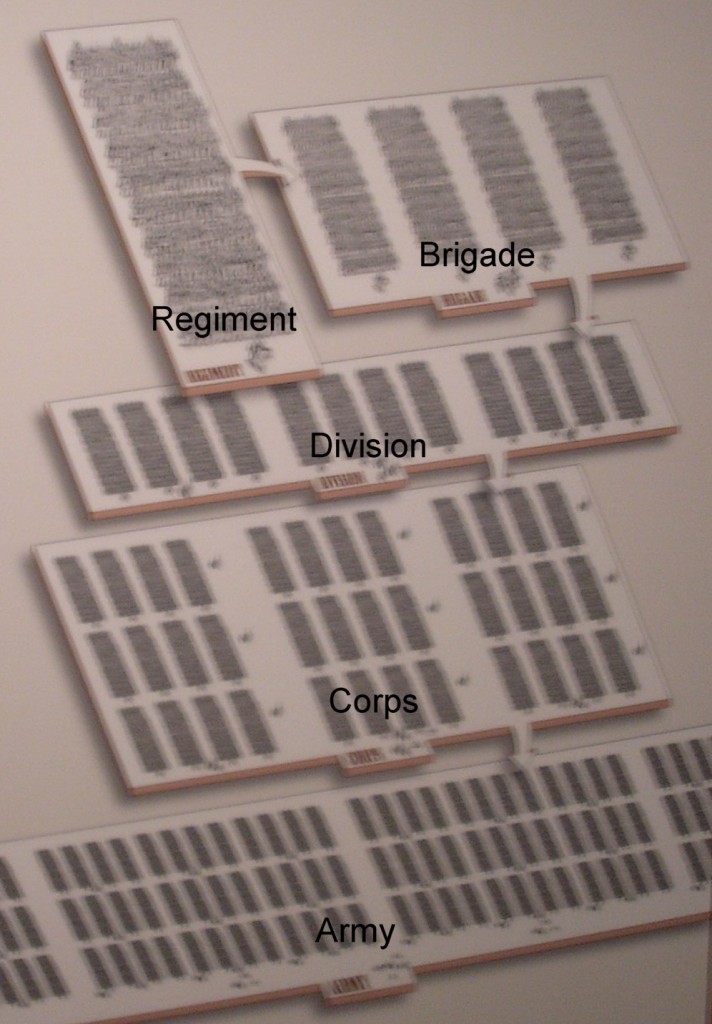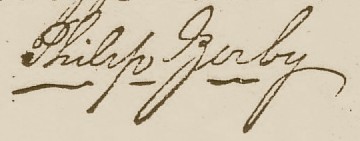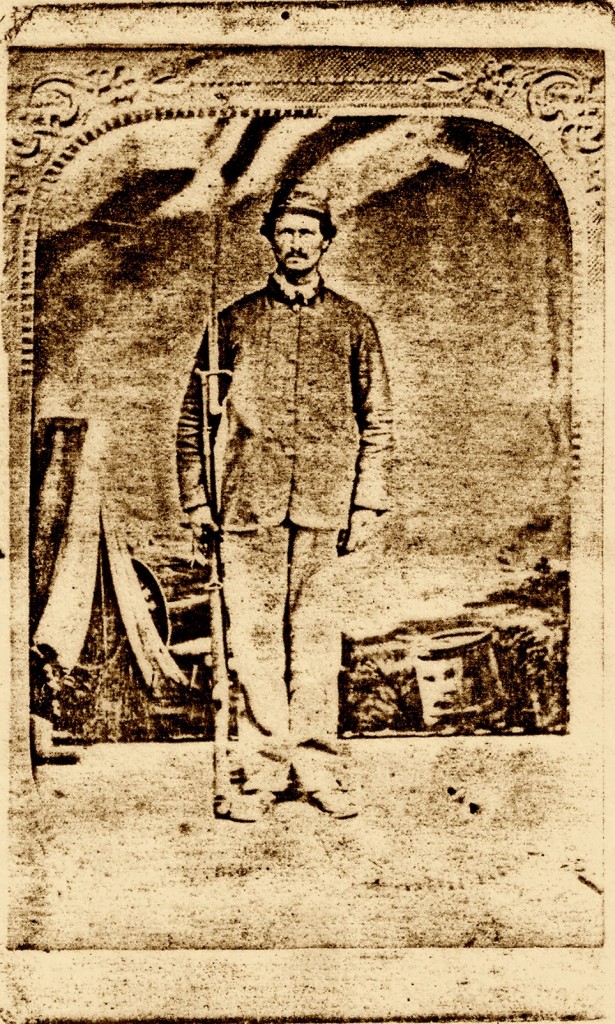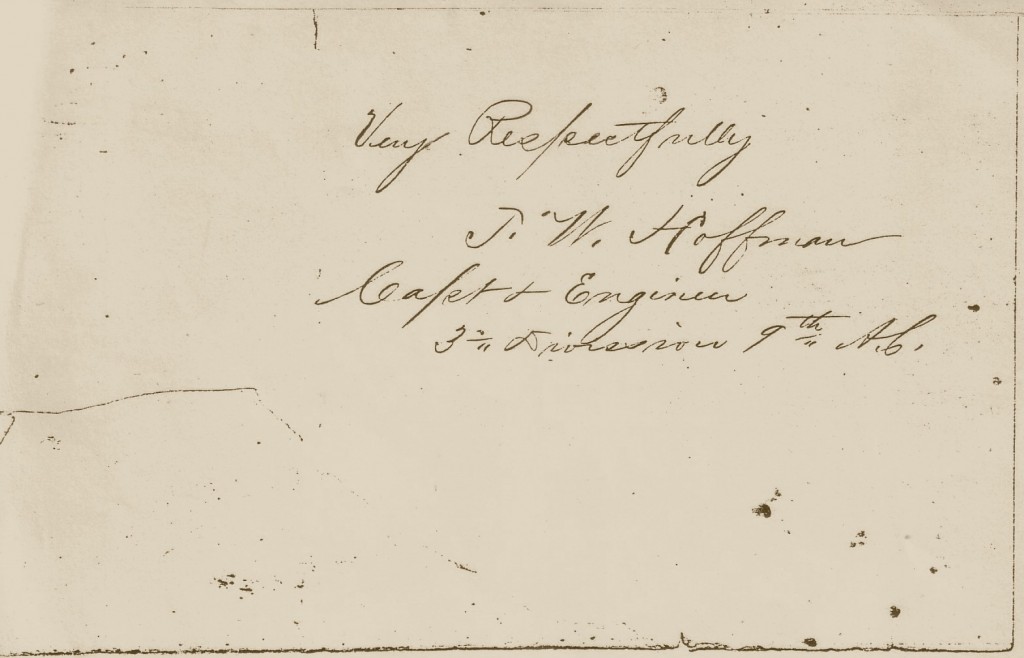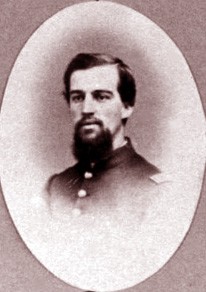Posted By Norman Gasbarro on January 14, 2011
(Part 2 of an on-going series of posts on the Battle of Gettysburg).
In order to identify which of the 2000 Civil War veterans from the Lykens Valley area fought at the Battle of Gettysburg, we must first identify the Pennsylvania regiments that fought at Gettysburg.
According to histories of the battle, the Union lineup of Pennsylvania regiments at the Battle of Gettysburg included the following:
THE ARMY OF THE POTOMAC – Maj. Gen. George G. Meade, Commanding

Maj. Gen George G. Meade (1815-1872)
————————————————-
FIRST ARMY CORPS – Maj. Gen. John F. Reynolds, Maj. Gen. Abner Doubleday, Maj. Gen John Newron
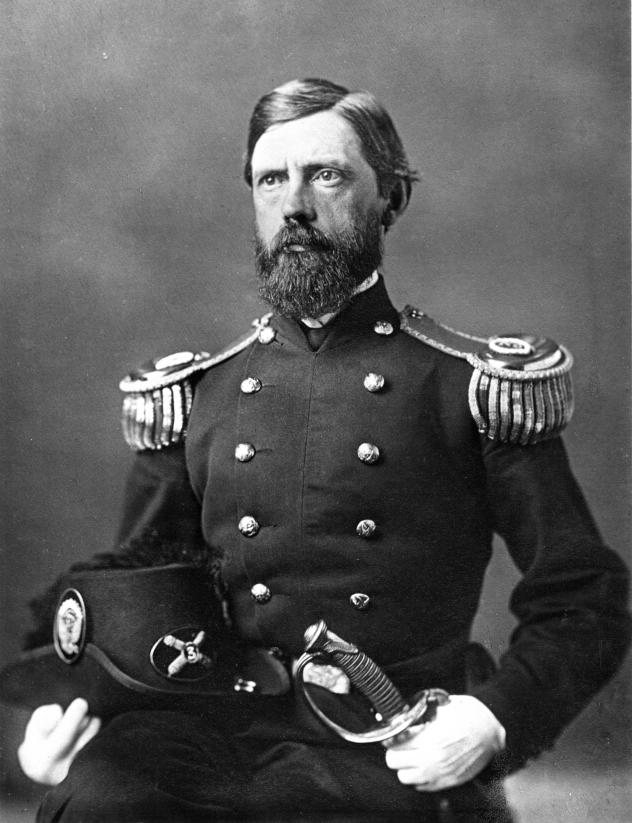
Maj. Gen John F. Reynolds (1820-1863)
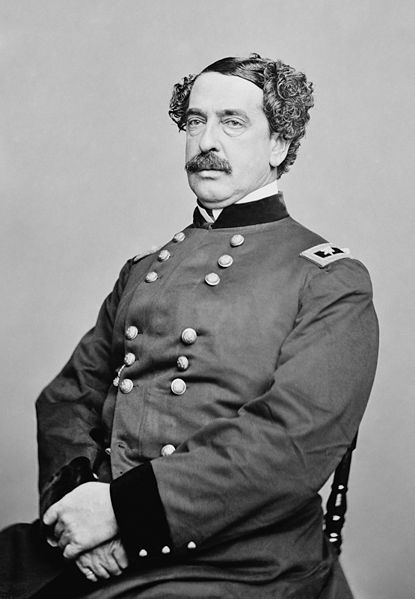
Maj. Gen. Abner Doubleday (1819-1893)

Maj. Gen John Newton (1822-1895)
FIRST DIVISION, SECOND BRIGADE: 56th Pennsylvania Infantry. SECOND DIVISION, SECOND BRIGADE: 11th Pennsylvania Infantry, 88th Pennsylvania Infantry, 90th Pennsylvania Infantry. THIRD DIVISION, FIRST BRIGADE: 121st Pennsylvania Infantry, 142nd Pennsylvania Infantry, 151st Pennsylvania Infantry. THIRD DIVISION, SECOND BRIGADE: 143rd Pennsylvania Infantry, 149th Pennsylvania Infantry, 150th Pennsylvania Infantry. THIRD DIVISION, ARTILLERY BRIGADE: 1st Pennsylvania Light Artillery, Battery B.
————————————————-
SECOND ARMY CORPS – Maj. Gen. Winfield S. Hancock, Brig. Gen John Gibbon, Brig. Gen John C. Caldwell, Brig Gen William Hays.

Maj. Gen. Winfield S. Hancock (1824-1886)

Brig. Gen. John Gibbon (1827-1896)
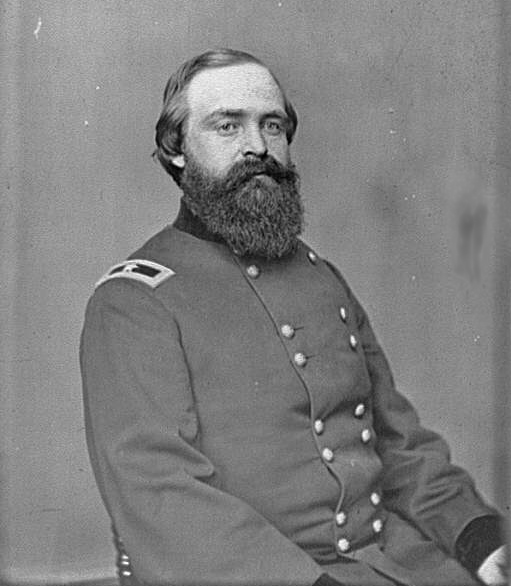
Brig. Gen. John C. Caldwell (1833-1912)
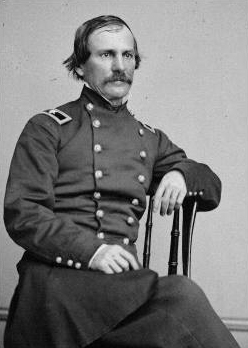
Brig. Gen. William Hays (1819-1875)
FIRST DIVISION, FIRST BRIGADE: 81st Pennsylvania Infantry, 148th Pennsylvania Infantry. FIRST DIVISION, SECOND BRIGADE: 116th Pennsylvania Infantry. FIRST DIVISION, THIRD BRIGADE: 140th Pennsylvania Infantry. FIRST DIVISION, FOURTH BRIGADE: 53rd Pennsylvania Infantry, 145th Pennsylvania Infantry. SECOND DIVISION, SECOND BRIGADE: 69th Pennsylvania Infantry, 71st Pennsylvania Infantry, 72nd Pennsylvania Infantry, 106th Pennsylvania Infantry.
————————————————-
THIRD ARMY CORPS – Maj. Gen. Daniel E. Sickles, Maj. Gen. David B. Birney
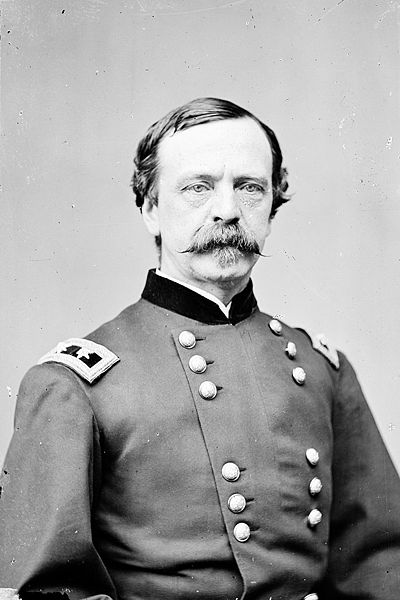
Maj. Gen. Daniel E. Sickles (1819-1914)
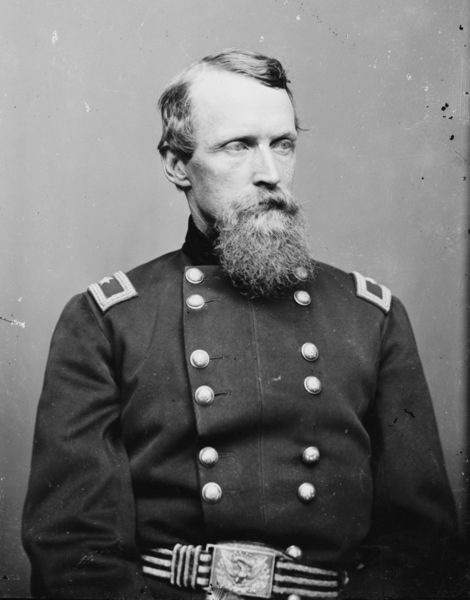
Maj. Gen. David B. Birney (1825-1864)
FIRST DIVISION, FIRST BRIGADE: 57th Pennsylvania Infantry, 63rd Pennsylvania Infantry, 68th Pennsylvania Infantry, 105th Pennsylvania Infantry, 114th Pennsylvania Infantry, 141st Pennsylvania Infantry. FIRST DIVISION, SECOND BRIGADE: 99th Pennsylvania Infantry. FIRST DIVISION, THIRD BRIGADE: 110th Pennsylvania Infantry. SECOND DIVISION, FIRST BRIGADE: 26th Pennsylvania Infantry. SECOND DIVISION, THIRD BRIGADE: 115th Pennsylvania Infantry.
————————————————-
FIFTH ARMY CORPS – Maj. Gen. George Sykes
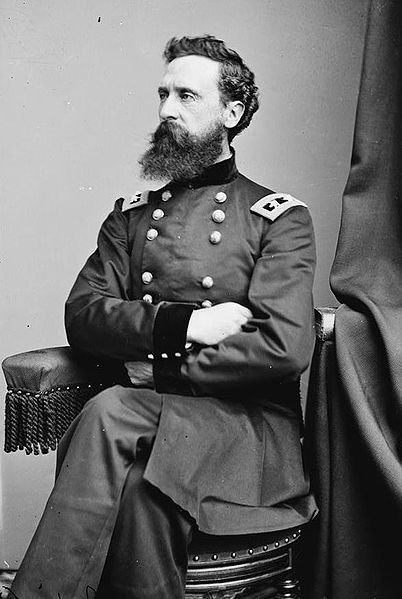
Maj. Gen. George Sykes (1822-1880)
FIRST DIVISION, FIRST BRIGADE: 118th Pennsylvania Infantry. FIRST DIVISION, SECOND BRIGADE: 62nd Pennsylvania Infantry. FIRST DIVISION, THIRD BRIGADE: 83rd Pennsylvania Infantry. SECOND DIVISION, THIRD BRIGADE: 91st Pennsylvania Infantry, 155th Pennsylvania Infantry. THIRD DIVISION, FIRST BRIGADE: 1st Pennsylvania Reserve, 2nd Pennsylvania Reserve, 6th Pennsylvania Reserve, 13th Pennsylvania Reserve. THIRD DIVISION, THIRD BRIGADE: 5th Pennsylvania Reserve, 9th Pennsylvania Reserve, 10th Pennsylvania Reserve, 11th Pennsylvania Reserve, 12th Pennsylvania Reserve.
————————————————-
SIXTH ARMY CORPS – Maj. Gen John Sedgwick
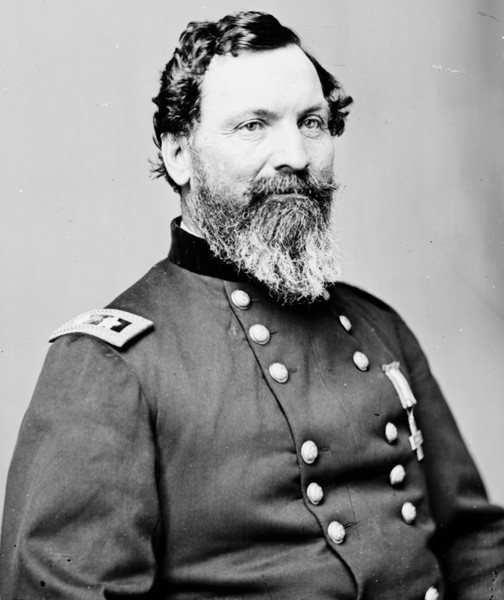
Maj. Gen. John Sedgwick (1813-1864)
FIRST DIVISION, SECOND BRIGADE: 95th Pennsylvania Infantry, 96th Pennsylvania Infantry. FIRST DIVISION, THIRD BRIGADE: 48th Pennsylvania Infantry, 119th Pennsylvania Infantry. SECOND DIVISION, THIRD BRIGADE: 61st Pennsylvania Infantry. THIRD DIVISION, FIRST BRIGADE: 23rd Pennsylvania Infantry, 82nd Pennsylvania Infantry. THIRD DIVISION, THIRD BRIGADE: 93rd Pennsylvania Infantry, 98th Pennsylvania Infantry, 102nd Pennsylvania Infantry, 139th Pennsylvania Infantry.
————————————————-
ELEVENTH ARMY CORPS – Maj. Gen. Oliver O. Howard, Maj. Gen. Carl Schurz
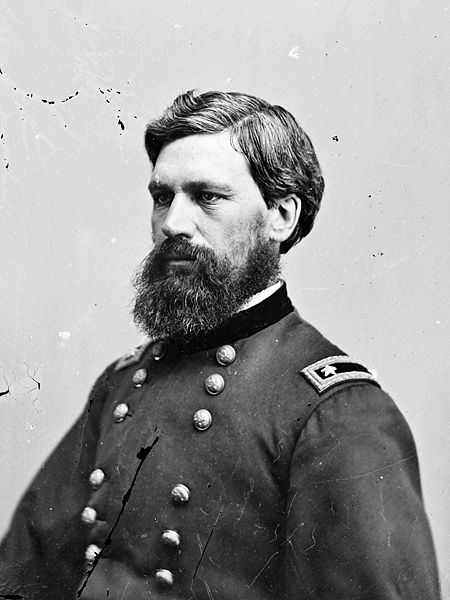
Maj. Gen. Oliver O. Howard (1830-1909)
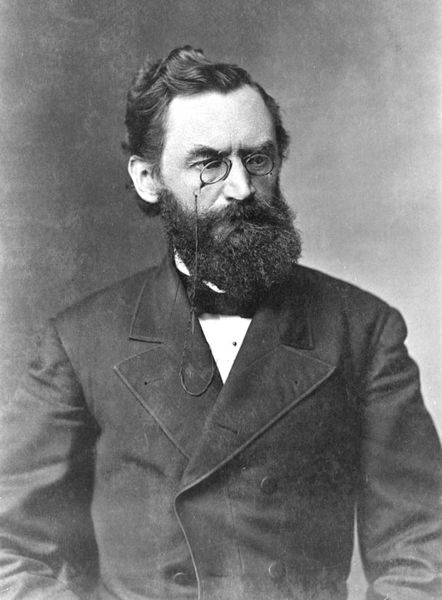
Maj. Gen. Carl Schurz (1829-1906)
FIRST DIVISION, FIRST BRIGADE: 153rd Pennsylvania Infantry. SECOND DIVISION, FIRST BRIGADE: 27th Pennsylvania Infantry, 73rd Pennsylvania Infantry. THIRD DIVISION, FIRST BRIGADE: 74th Pennsylvania Infantry. THIRD DIVISION, SECOND BRIGADE: 75th Pennsylvania Infantry.
————————————————-
TWELFTH ARMY CORPS – Maj. Gen. Henry W. Slocum, Brig. Gen. Alpheus S. Williams
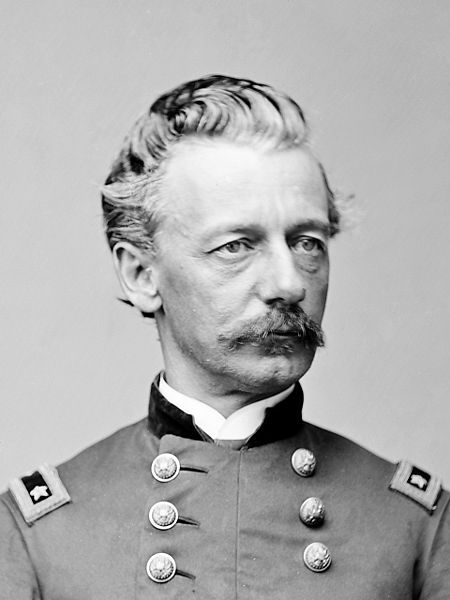
Maj. Gen. Henry W. Slocum (1827-1894)

Brig. Gen. Alpheus S. Williams (1810-1878)
FIRST DIVISION, FIRST BRIGADE: 46th Pennsylvania Infantry. SECOND DIVISION, FIRST BRIGADE: 28th Pennsylvania Infantry, 147th Pennsylvania Infantry. SECOND DIVISION, SECOND BRIGADE: 29th Pennsylvania Infantry, 109th Pennsylvania Infantry, 111th Pennsylvania Infantry. SECOND DIVISION, ARTILLERY BRIGADE: Pennsylvania Light Artillery, Battery E. ARTILLERY RESERVE DIVISION, FIRST VOLUNTEER BRIGADE: Pennsylvania Light Artillery, Batteries C & F. ARTILLERY RESERVE DIVISION, THIRD VOLUNTEER BRIGADE: 1st Pennsylvania Light Artillery, Batteries F & G.
————————————————-
CAVALRY CORPS – Maj. Gen. Alfred Pleasonton
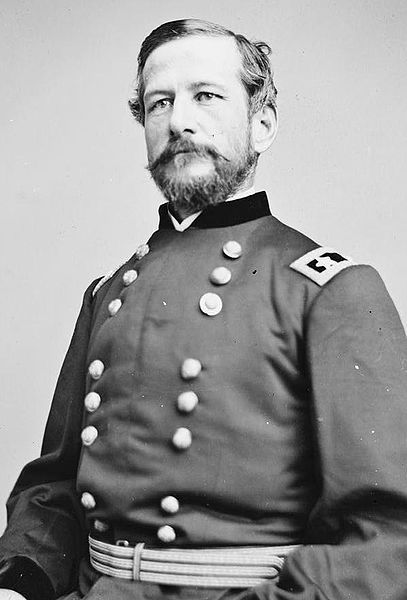
Maj. Gen. Alfred Pleasonton (1824-1897)
FIRST DIVISION, SECOND BRIGADE: 17th Pennsylvania Cavalry. FIRST DIVISION, RESERVE (THIRD) BRIGADE: 6th Pennsylvania Cavalry. SECOND DIVISION, FIRST BRIGADE: 1st Pennsylvania Cavalry, 3rd Pennsylvania Cavalry, 3rd Pennsylvania Heavy Artillery, Battery H. SECOND DIVISION, THIRD BRIGADE: 4th Pennsylvania Cavalry, 16th Pennsylvania Cavalry. THIRD DIVISION, FIRST BRIGADE: 18th Pennsylvania Cavalry.
—————————————————–
Of course, it would be an incorrect procedure to only search Pennsylvania regiments in determining whether a particular soldier served at Gettysburg because it is known that many who were Pennsylvanians at some point in their lives served in regiments of other states, or they served in the Regular Army (United States Troops). For now though, it is a good start.
Also, the work of trying to identify the specific regiment in which each of the 2000 served is continuing.
The above information was compiled from a variety of sources. The “lineup” of the Army of the Potomac and the names of its commanding officers was obtained from Noah Andre Trudeau’s Gettysburg: A Testing of Courage, published in 2002. Pictures and dates of birth and death of each of the generals were obtained from Wikipedia. According to Wikipedia, all the pictures are in the public domain either because their copyright has expired and/or they are part of the collection at the Library of Congress.
Category: Queries, Research, Resources |
Comments Off on Pennsylvania Regiments at Gettysburg – Corps & Generals
Tags: Regiments
 ;
;
